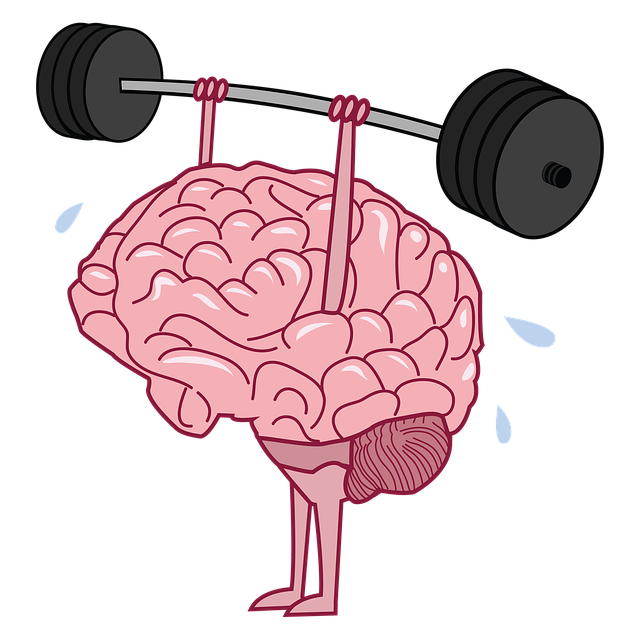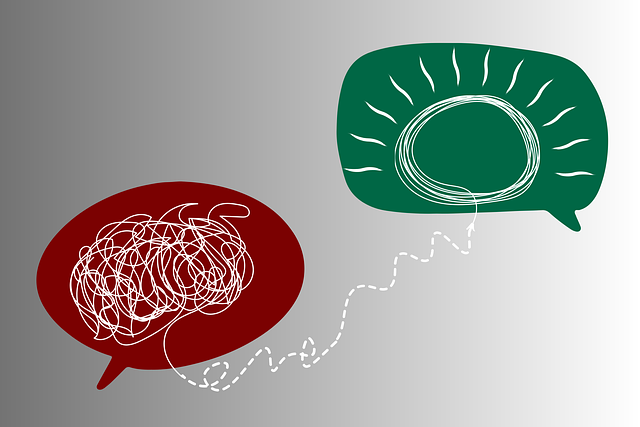Children experience stress similarly to adults but often struggle with its expression. Unaddressed stress can lead to long-term mental health issues, affecting academic performance and overall well-being. Early intervention through tailored child-centered therapy, especially for vulnerable populations, is vital. Integrating resilience-building activities, mindfulness exercises, and emotional intelligence curricula in educational settings equips young individuals with effective stress management techniques. This proactive approach not only prevents suicide but also burnout, normalizing mental health conversations to create safe spaces for students to seek help. Schools play a crucial role in identifying at-risk students and providing early therapy, fostering resilience and empowering them with lifelong emotional regulation tools.
In today’s fast-paced world, stress management techniques are essential tools for children’s well-being. This article explores the critical aspects of understanding child stress and its impact on mental health. We delve into practical strategies teachers can employ to teach effective stress management, focusing on mindfulness, emotional awareness, and coping skills. Additionally, we discuss integrating suicide prevention strategies in education, emphasizing the importance of early intervention for at-risk youth, including therapy for children, to foster a supportive learning environment.
- Understanding Child Stress and Its Impact
- Teaching Effective Stress Management Techniques
- Integrating Suicide Prevention Strategies in Education
Understanding Child Stress and Its Impact

Children experience stress just like adults, but they often struggle to articulate and manage it effectively. Understanding child stress involves recognizing its diverse manifestations, from tantrums and anxiety to withdrawal or aggressive behavior. It’s crucial to acknowledge that long-term or unaddressed stress can have profound impacts on a child’s mental health, academic performance, and even their overall well-being. This is especially true for vulnerable populations where factors like poverty, trauma, or cultural barriers can exacerbate stress and make it harder for children to develop coping mechanisms.
Early intervention through therapy, particularly in cases of severe stress or potential risk factors like thoughts of suicide, is vital. Child-centered therapeutic approaches, tailored to their developmental stage and cultural background, can foster inner strength development. Cultural sensitivity in mental healthcare practice is essential to creating safe spaces where children feel understood and supported. By teaching them effective mood management strategies, we can empower kids to navigate stress in healthy ways, ensuring they grow into resilient adults equipped to handle life’s challenges.
Teaching Effective Stress Management Techniques

Teaching effective stress management techniques is a vital part of fostering mental wellness in children and adolescents. By integrating resilience-building activities into educational settings, professionals can empower young individuals to navigate challenging situations with greater ease. These strategies often include mindfulness exercises, breathing techniques, and cognitive reframing, which have been proven beneficial in therapy for children dealing with anxiety and stress-related issues.
Incorporating emotional intelligence into the curriculum further enhances these efforts. Mental wellness podcast series production can serve as a creative tool to engage students and discuss various aspects of stress management. Through interactive discussions and relatable content, students can develop a deeper understanding of their emotions, improve self-regulation skills, and build coping mechanisms that will serve them well throughout their lives, especially in the context of suicide prevention.
Integrating Suicide Prevention Strategies in Education

Incorporating suicide prevention strategies within educational settings is a vital step towards fostering a supportive environment for students’ emotional well-being. As many as one in five children and adolescents experience mental health challenges, including thoughts of suicide, making it imperative to integrate therapy for children early on. Schools can play a crucial role in identifying at-risk students and providing them with the necessary tools for conflict resolution techniques and emotional healing processes. By normalizing conversations around mental health, educators can create a safe space where students feel comfortable discussing their struggles and seeking help.
This proactive approach extends beyond suicide prevention; it contributes to burnout prevention by equipping young individuals with coping mechanisms. Teaching children effective strategies to manage stress and navigate interpersonal conflicts equips them with lifelong skills for emotional regulation. Thus, integrating these initiatives in education not only ensures the immediate well-being of students but also fosters resilience and adaptability, empowering them to face future challenges head-on.
In light of the significant impact of stress on children’s well-being, understanding and addressing their stress levels is paramount. By teaching effective stress management techniques, educators can empower young minds to navigate challenges and foster resilience. Integrating suicide prevention strategies within these teachings is a vital step in recognizing and supporting vulnerable students. Through comprehensive approaches that combine therapy for children and proactive measures, we can create safer learning environments, ensuring every student feels valued and supported.














